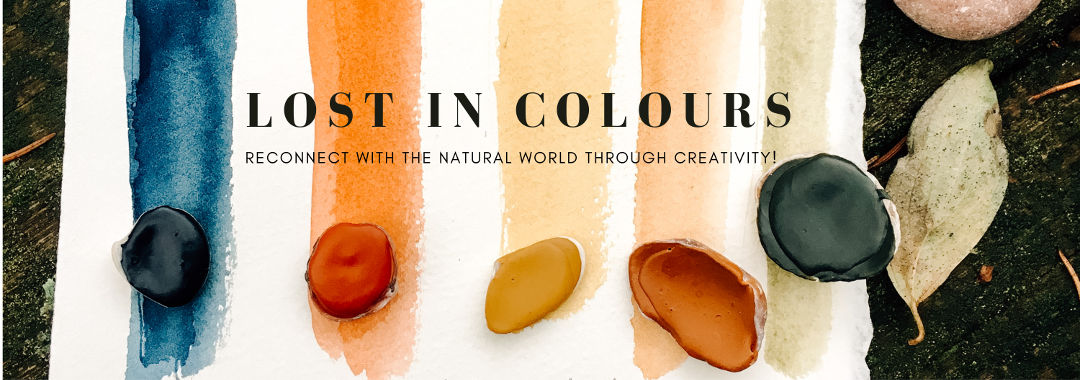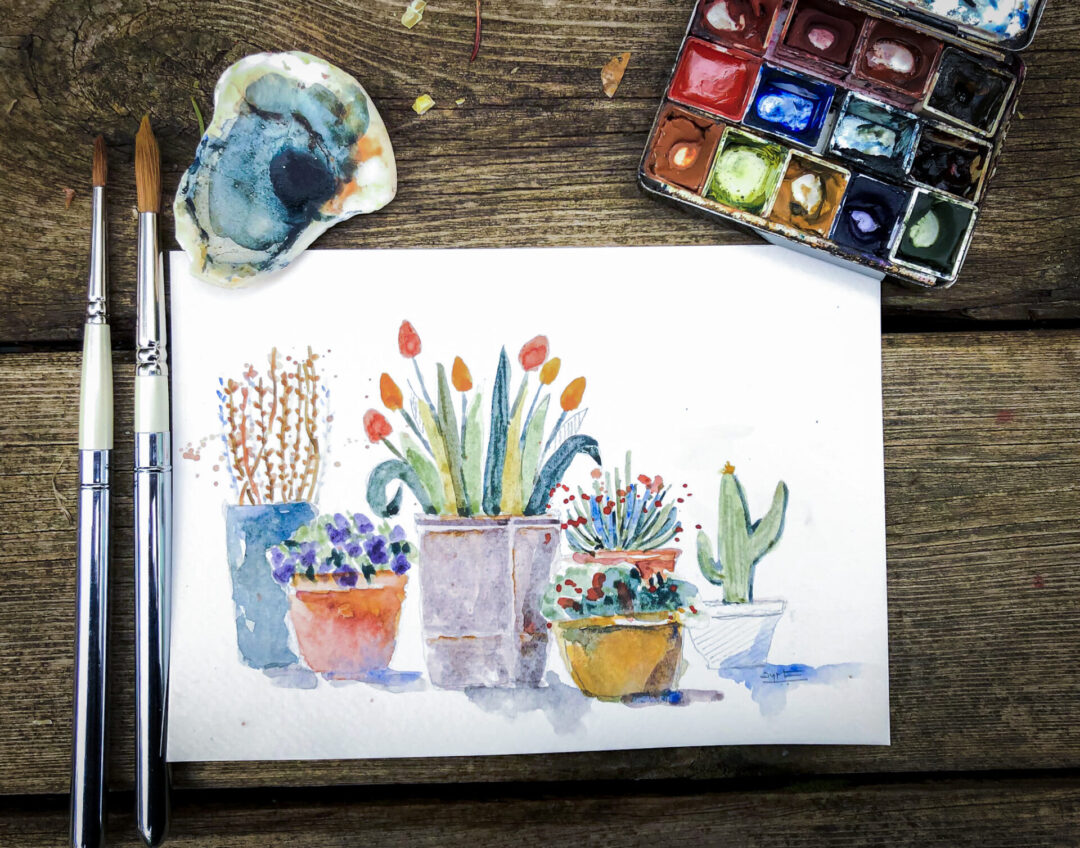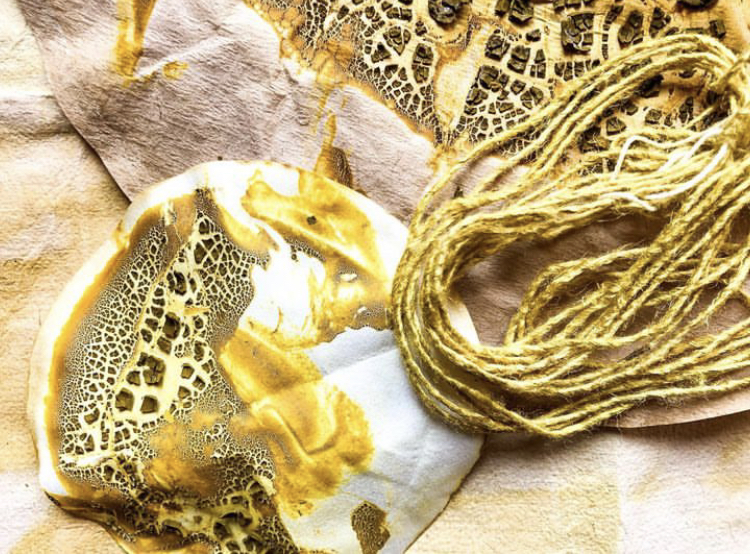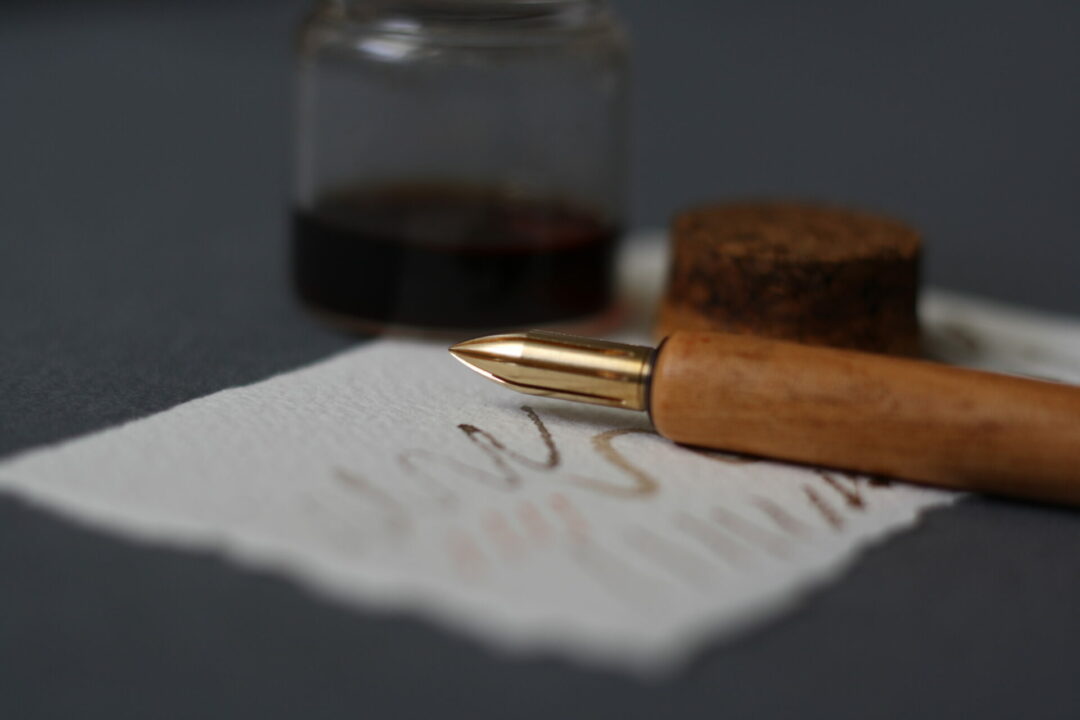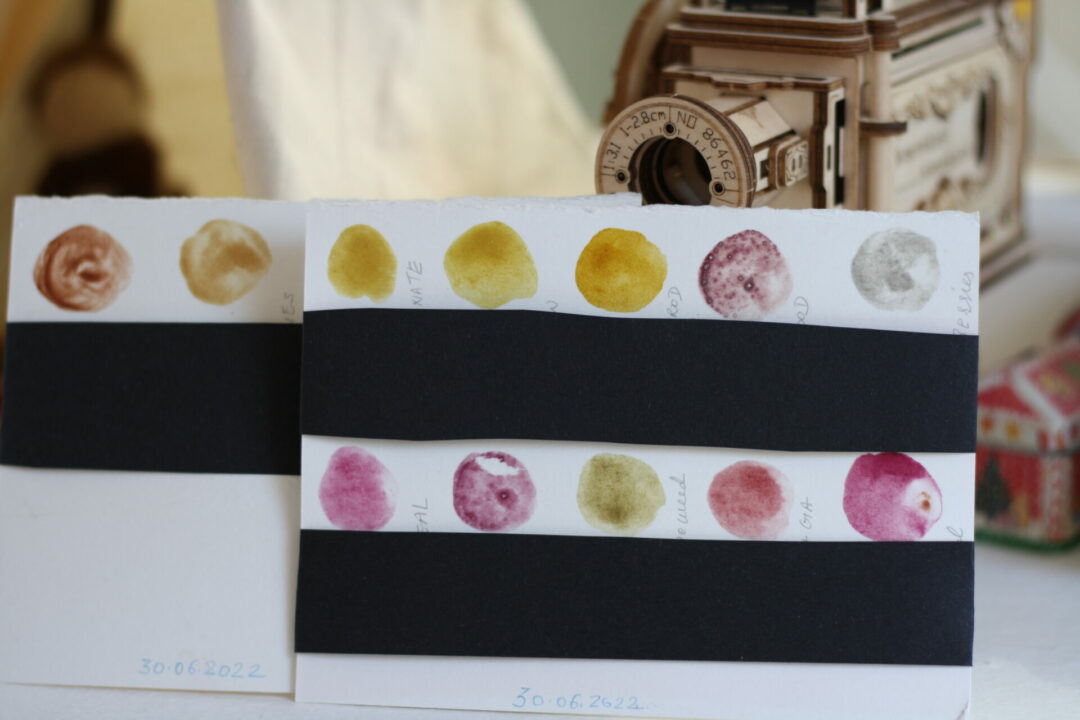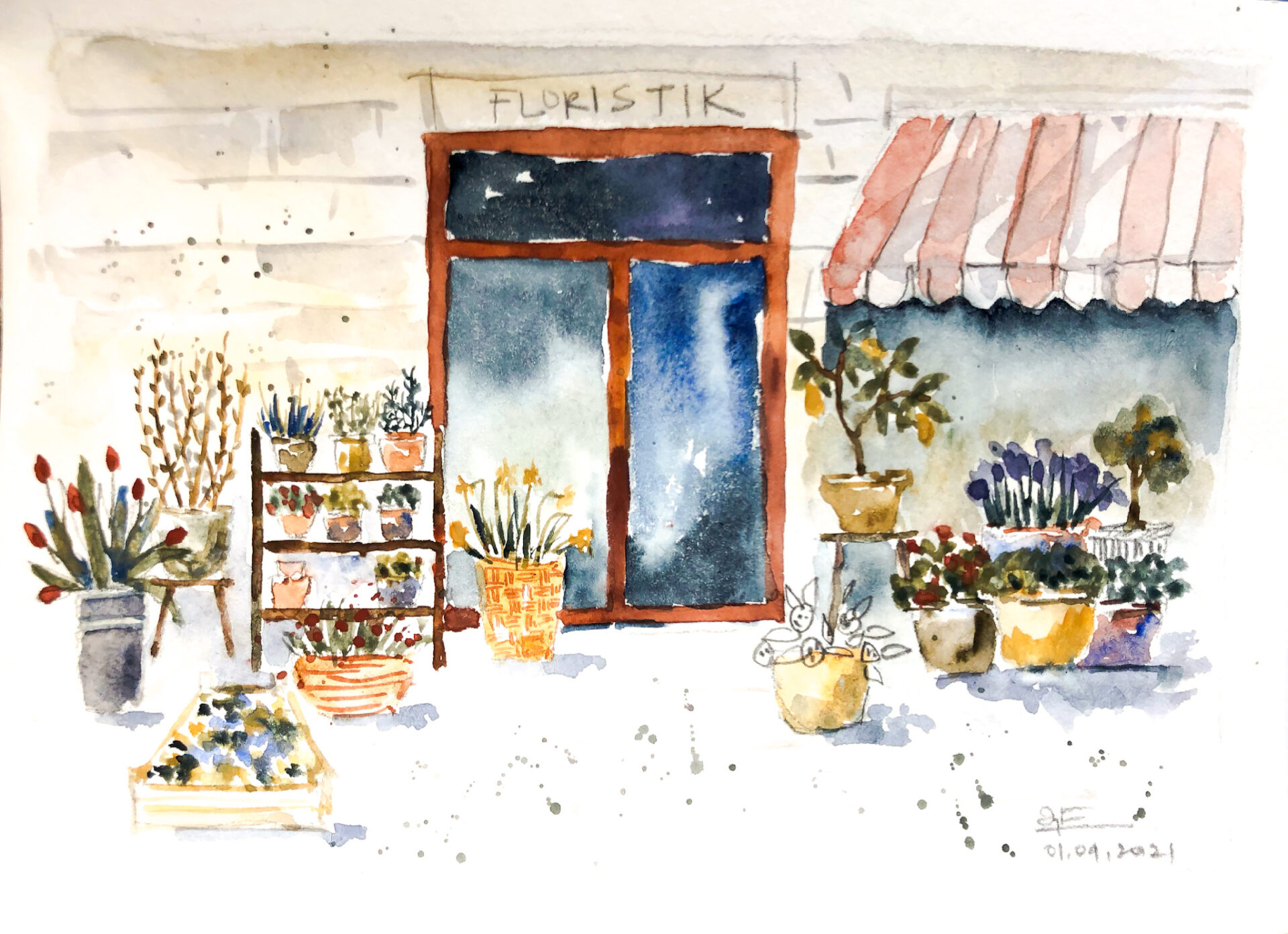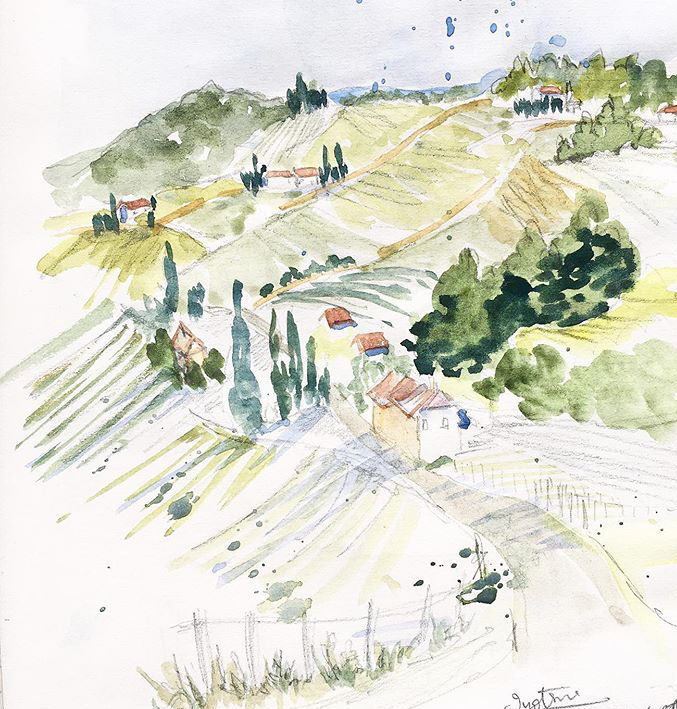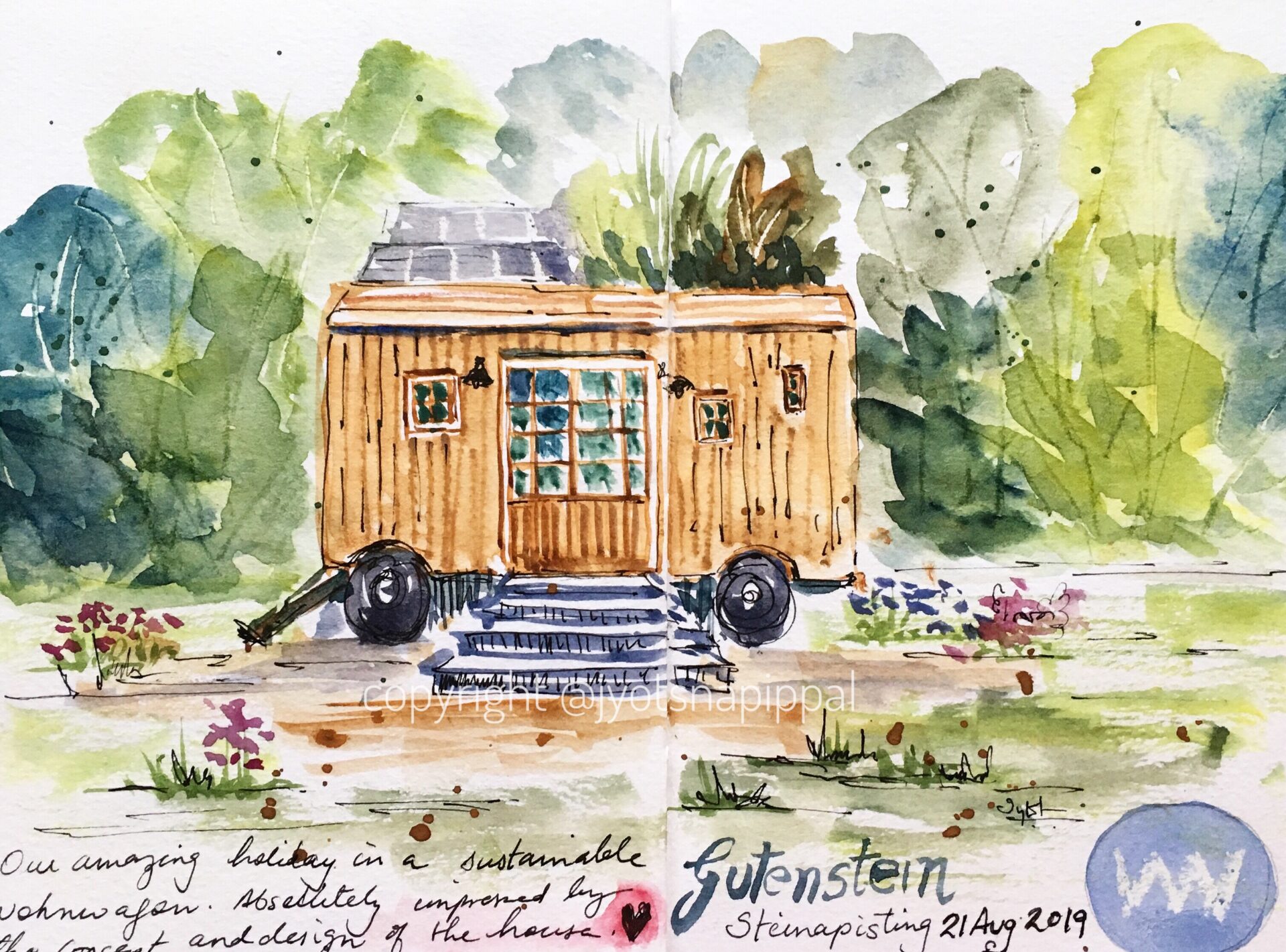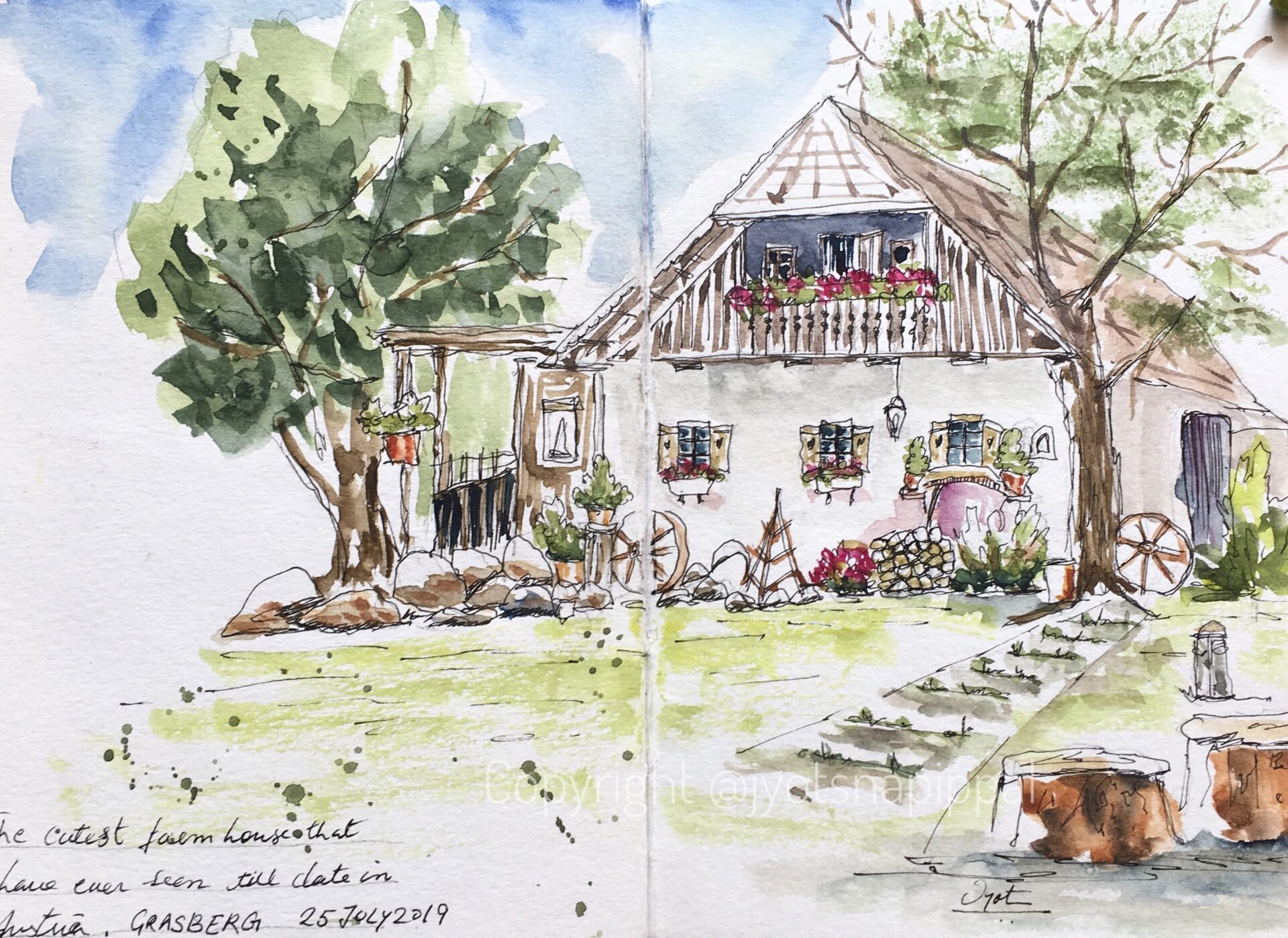A few years ago, I published an article as a guest blog post and almost forgot about it. Recently, I stumbled upon my old article and decided to share it with the creative community of my blog. In this post, I’ll show you how to create beautiful loose watercolor florals using natural pigments, with easy techniques that both beginners and experienced artists can enjoy. I often receive inquiries about incorporating natural colors into artistic endeavors. While natural pigments do have…
Lake Pigments vs. Natural Dyeing
31st July 2023In the realm of color creations, two captivating worlds stand apart: the intricate process of making lake pigments and the age-old practice of natural dyeing. While both methods embrace the wonders of natural materials, they diverge significantly in purpose, techniques, and end products. In this blog post, we delve into the intriguing differences between the lake pigment-making process and natural dyeing, shedding light on their unique characteristics and creative possibilities. The Complexity of Lake Pigment Production The process of lake…
Which paper is best for writing with (Natural) inks?
17th January 2023Paper is a versatile medium produced by mechanically or chemically processing cellulose fibers extracted from wood, fabric rags, grasses, or other plant sources in water. The water is then drained through a fine mesh to leave the fiber evenly distributed on the surface, followed by couching, pressing, and drying. There are many different types of papers available today. The range of papers that work well with water- and alcohol-based natural inks is too vast for this article to explore. In…
Testing lightfastness of handmade artist grade paints
29th August 2022The colors you use when creating a painting or drawing mustn’t fade over time. The last thing you need is your diligent work to gradually fade over time because the mediums you selected had poor lightfastness ratings. In this blog, I will share a simple test that you can do to get an idea of how your handmade colors will fare when exposed to sunlight. What is lightfastness? The lightfastness of paints or colorants is an attribute that determines how…
Inspiration is food for thought for all artists! As soon as I step out of my doorstep, I find inspiration everywhere! It can be as simple as a simple cup of coffee to as large as scenery in the countryside. In this case, it was a local flower shop that got my attention on a morning run. I stopped by to make a quick scribbly sketch of the flower shop and a variety of subjects then transformed my sketch into…
Sketching and foraging for pigments in Southeast Styria
4th January 2020The last leg of our summer holidays last year was spent in south-eastern Styria, locally known as the Steiriches Vulkanland (Volcano land). This region was a hotspot for volcanoes – but that was 17 million years ago. Today there isn’t any lava spewing out or any scorched black earth. Nature has done its course and created a beautiful lush green landscape of rolling hills. The hillcrests in this region are covered by forest and the valleys are dominated by farmland,…
continuing with the Summer Holidays 2019 sketches ….! After coming back from our wonderful holidays in Upper Austria, we decided to stay a bit in our home city of Graz before hitting the road again. Our first stop on this trip was the headquarter of one of Austria’s best ice-cream makers, Eis Greissler in Krumbach (https://www.eis-greissler.at/manufaktur/). The weather that day wasn’t great, it was cold, wet and extremely windy in the Bucklige welt (land of thousand hills) After entering the…
Watercolour sketching captured my heart only in the last couple of years. Before that, I didn’t know anything about sketching or how to use watercolours for that matter. It’s magic to me that with just a few squiggly lines and some paint, I can record a slice of our life! I wonder why I never did this earlier in my life ..? During summer holidays this year, we decided to travel within our home country, Austria. We spent most of our…
